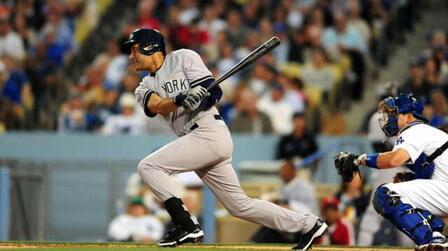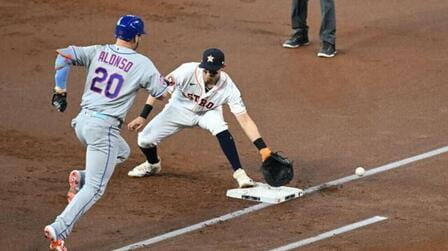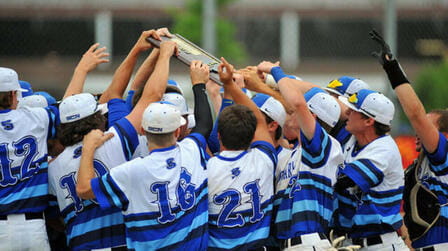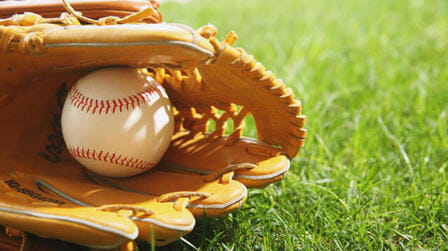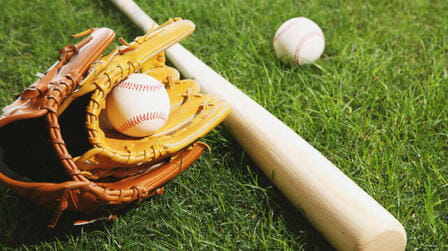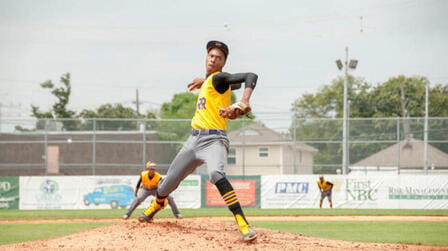The least used jersey numbers in Major League Baseball (MLB) are numbers that have never been worn in a regular season game. As of 2023, there are six jersey numbers that hold this distinction: 80, 86, 89, 90, 92, and 93.
Overview
In MLB, players are free to choose any number they want for their jersey, with a few exceptions for retired numbers. However, over the decades of MLB history, certain numbers have emerged as more popular among players than others. Numbers like 3, 5, 42, and 99 are iconic and synonymous with some of the game's legends.
On the other hand, there are a handful of numbers that no MLB player has ever worn in a regular season game. The reasons for this vary, but often have to do with tradition, superstition, and clubhouse norms around numbering.
Why Certain Numbers Are Unpopular
There are a few key reasons why the numbers 80, 86" 89, 90, 92, and 93 have never been used in MLB: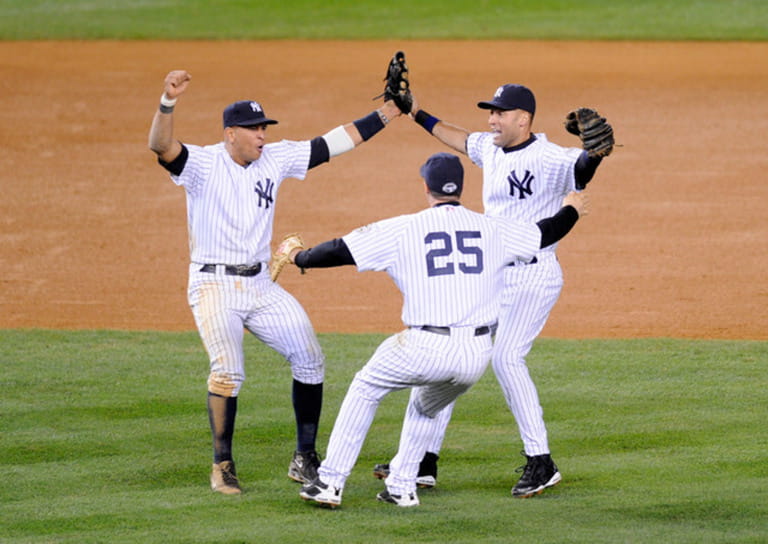
- Position numbering conventions - Some numbers are traditionally associated with certain fielding positions. For example, catchers often wear numbers in the low teens, while pitchers frequently wear higher numbers.
- Avoiding retired/honored numbers - Teams will take certain uniform numbers out of circulation to honor franchise icons. For example, the Yankees have retired numbers 1, 3, 4, 5, 7, 8, 9, 10, 15, 16, 23, 32, 37, 42, 44, 46, 49 and 51.
- Superstition - Baseball has its fair share of quirky superstitions. Some players avoid "unlucky" numbers like 13 or tricky numbers like 39. The uncommon 80s numbers may be ignored for similar reasons.
- Lack of precedence - There's no iconic player who made one of these obscure numbers fashionable. With no legend leading the way, the numbers remain untouched.
Other Rarely Used Numbers
While the six numbers above are the only complete no-shows in MLB history, several others have barely seen the light of day on MLB fields:
- 0 - Only worn by Rey Ordóñez and Jack Clark.
- 00 - Worn just a handful of times, including by Robert Parish.
- 01 - Only worn by coaches like George Hendrick.
- 09 - Only Benito Santiago has ever worn this number.
So in essence, the higher uniform numbers remain the least used simply because MLB players prefer lower, traditional numbers associated with their positions and role models. The uncommon numbers in the 80s lack that combination of superstition, role models, and convention that drive number selection.
Why Players Choose Their Numbers
Every MLB player has their own reasons for choosing a jersey number. Here are some of the most common motivations:
- Favorite childhood number
- Birth date or family significance
- Honoring an idol who wore the number
- Links to former teams or leagues
- Handed down from veteran teammates
- Simple personal preference for the number
- Position numbering norms (e.g. pitchers wearing 40s-90s)
For younger players especially, wearing a number connected to an all-time great player can be meaningful. For example, Ken Griffey Jr. wearing his dad's 24 or Fernando Tatis Jr. in 23 for Tony Gwynn.
Others choose numbers linked to their own journey, like a high school or college uniform number. Ultimately, the number selection allows players to express their style and connect to personal stories.
Conclusion
In summary, the least used jersey numbers in MLB history are 80, 86, 89, 90, 92, and 93. These numbers have never been worn in a regular season game.
MLB players tend to gravitate to lower numbers that carry tradition, honor legacies, and align with clubhouse position norms. Without that foundation, numbers like the 80s have been ignored. But there is always a chance the stigma around these obscure numbers could disappear if an icon chooses to take a chance and set new trends.

